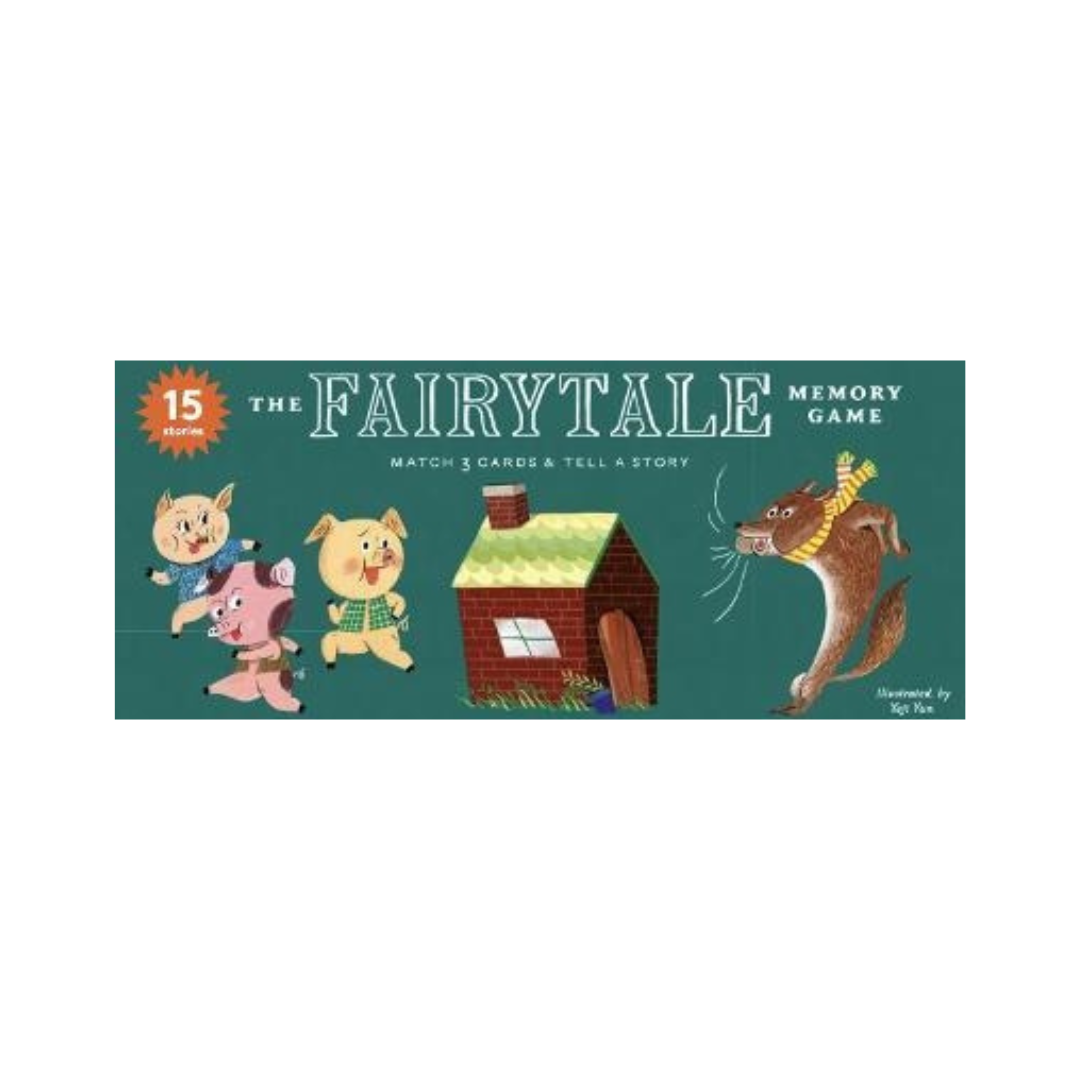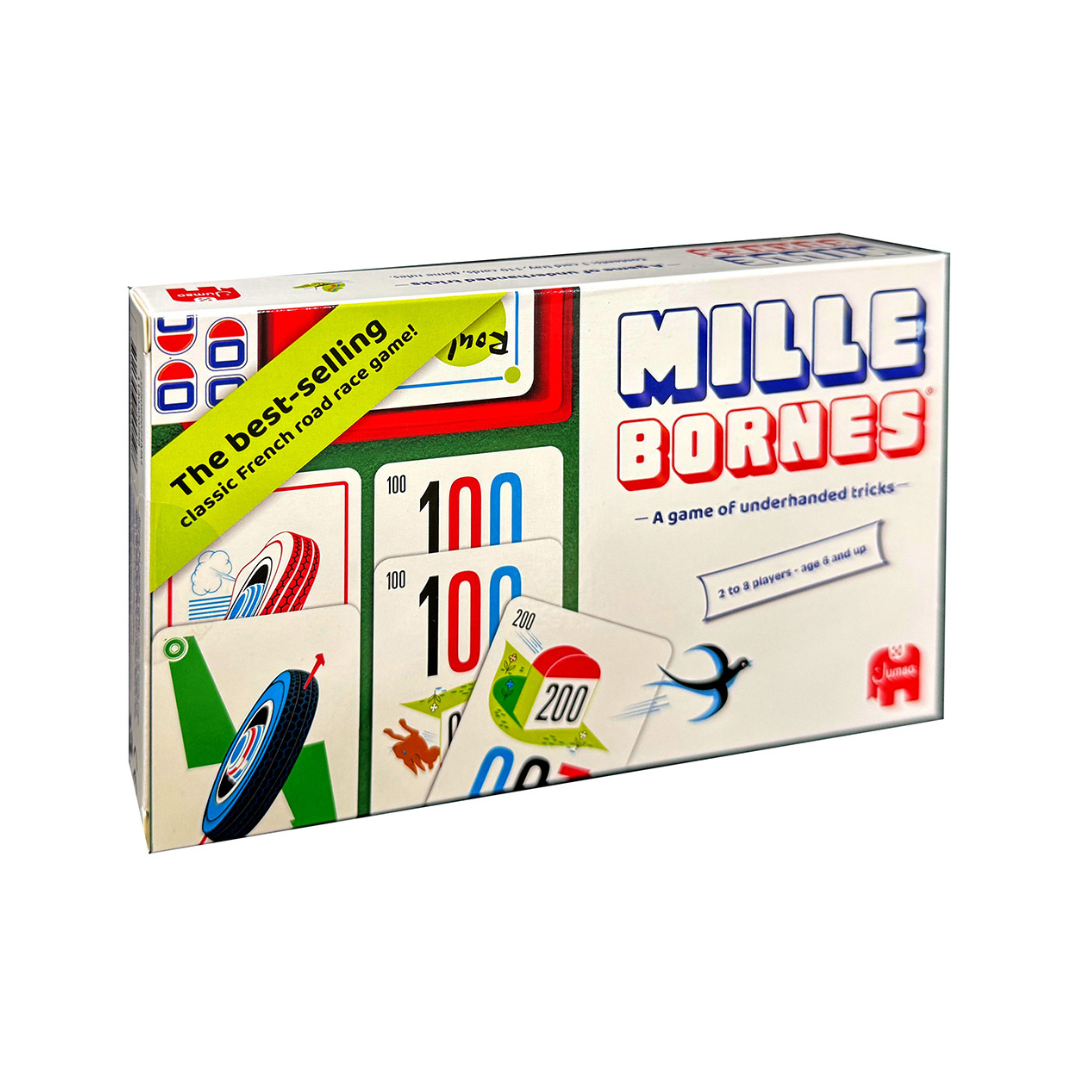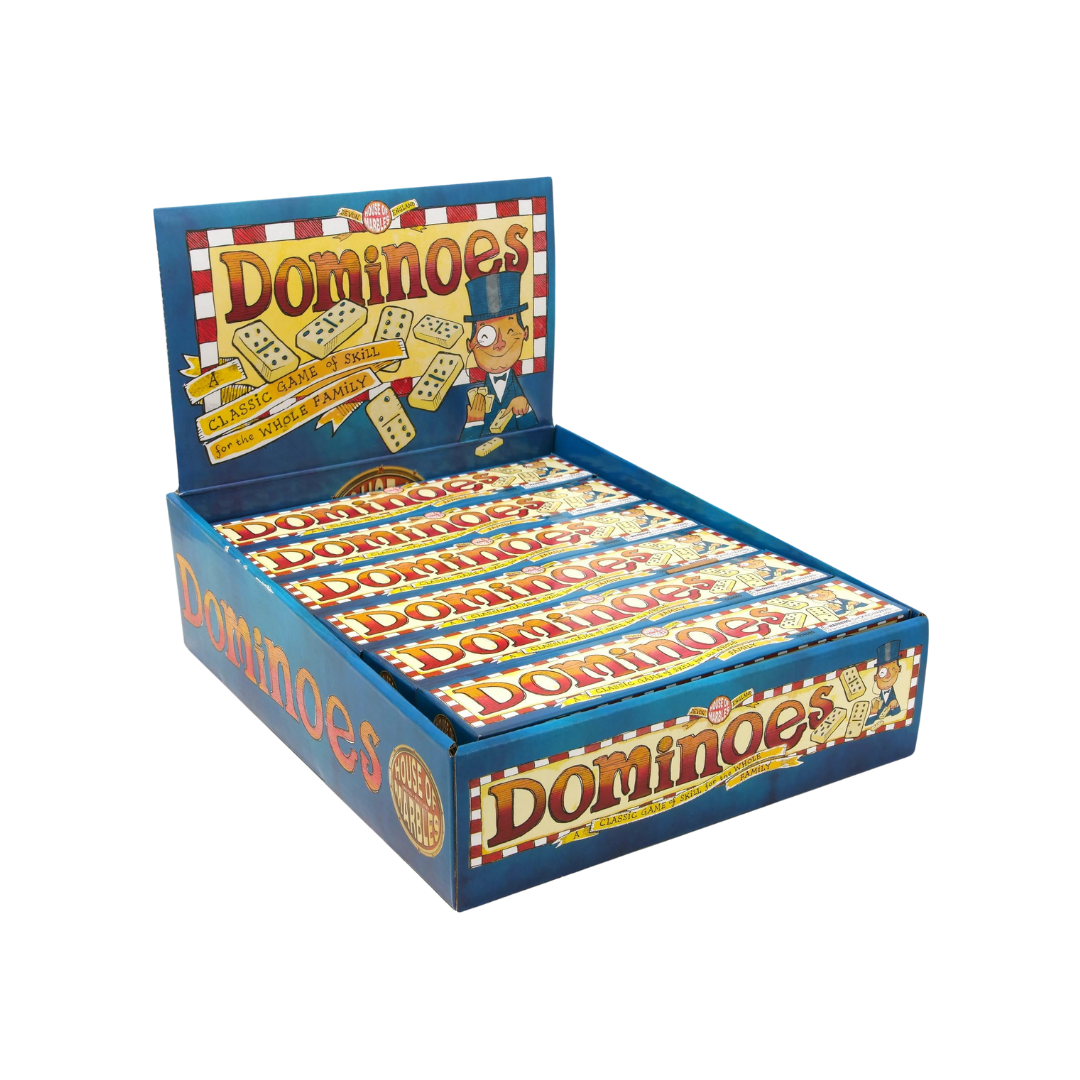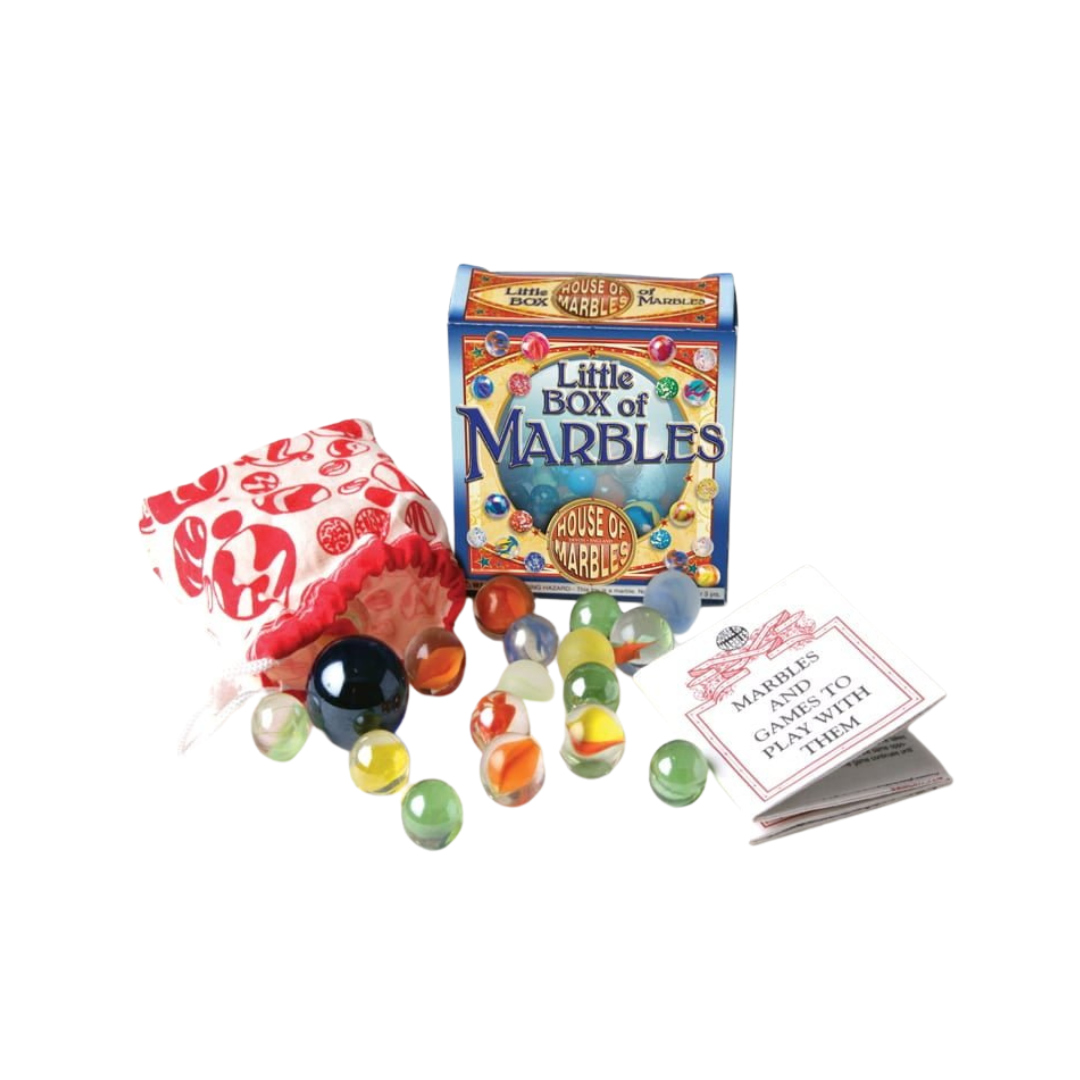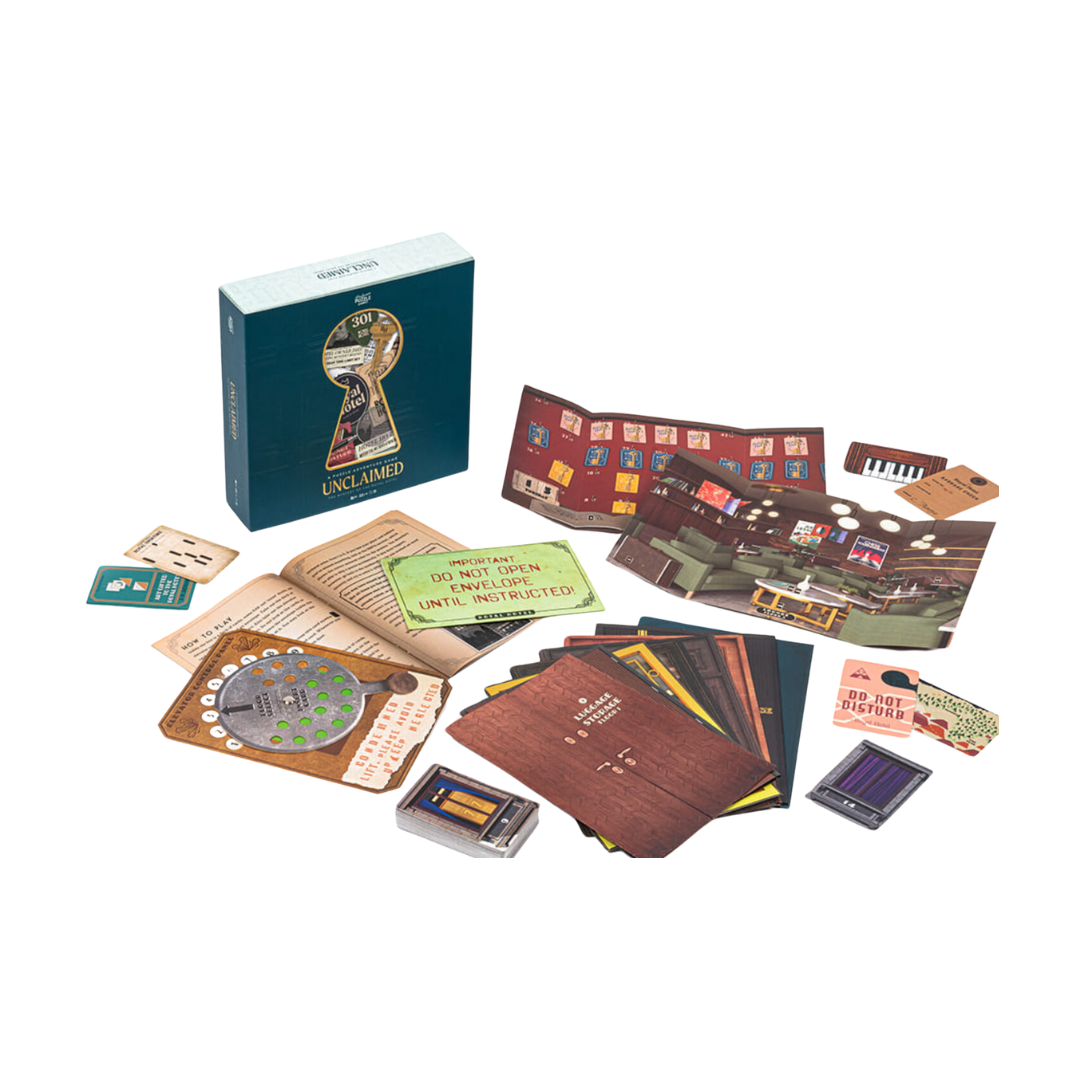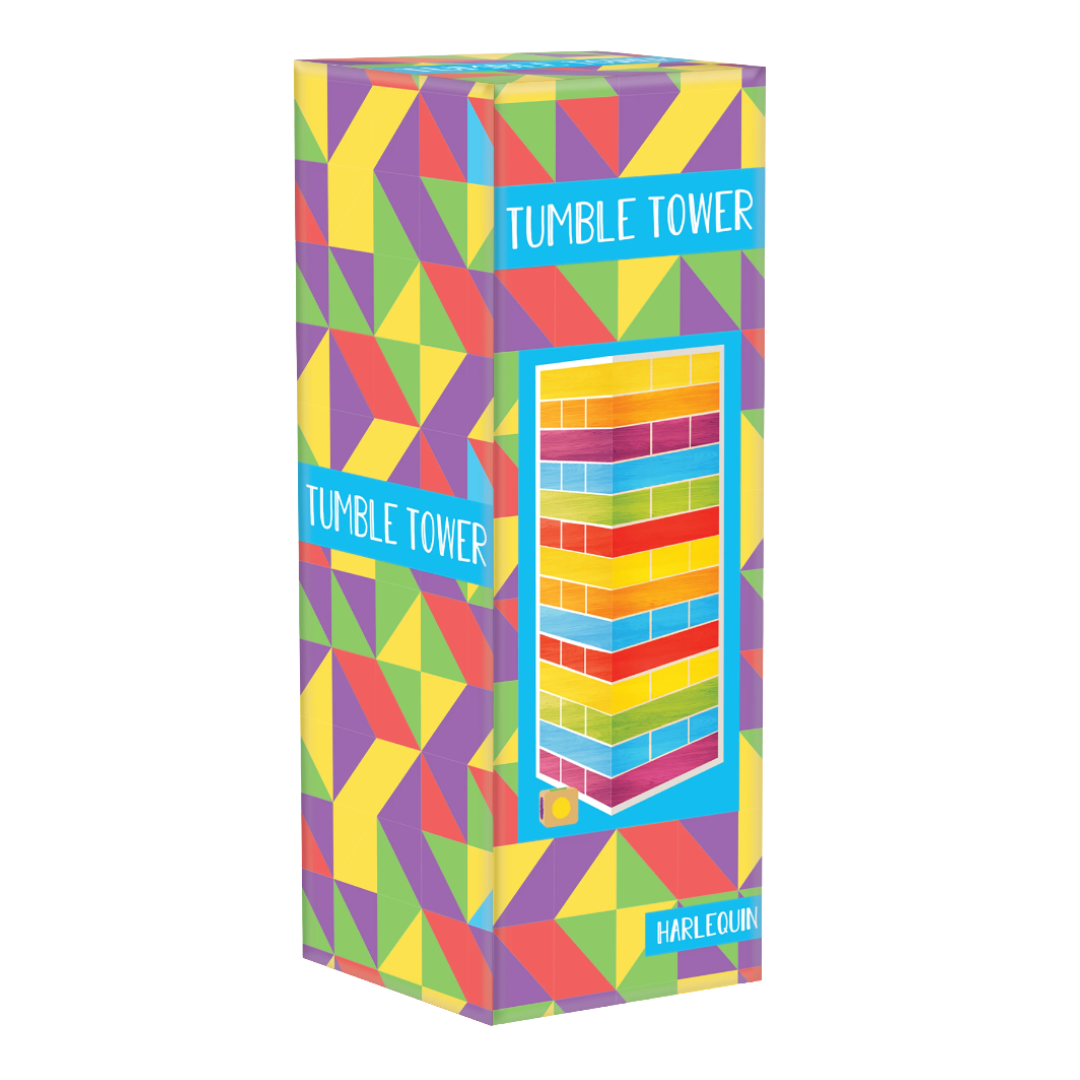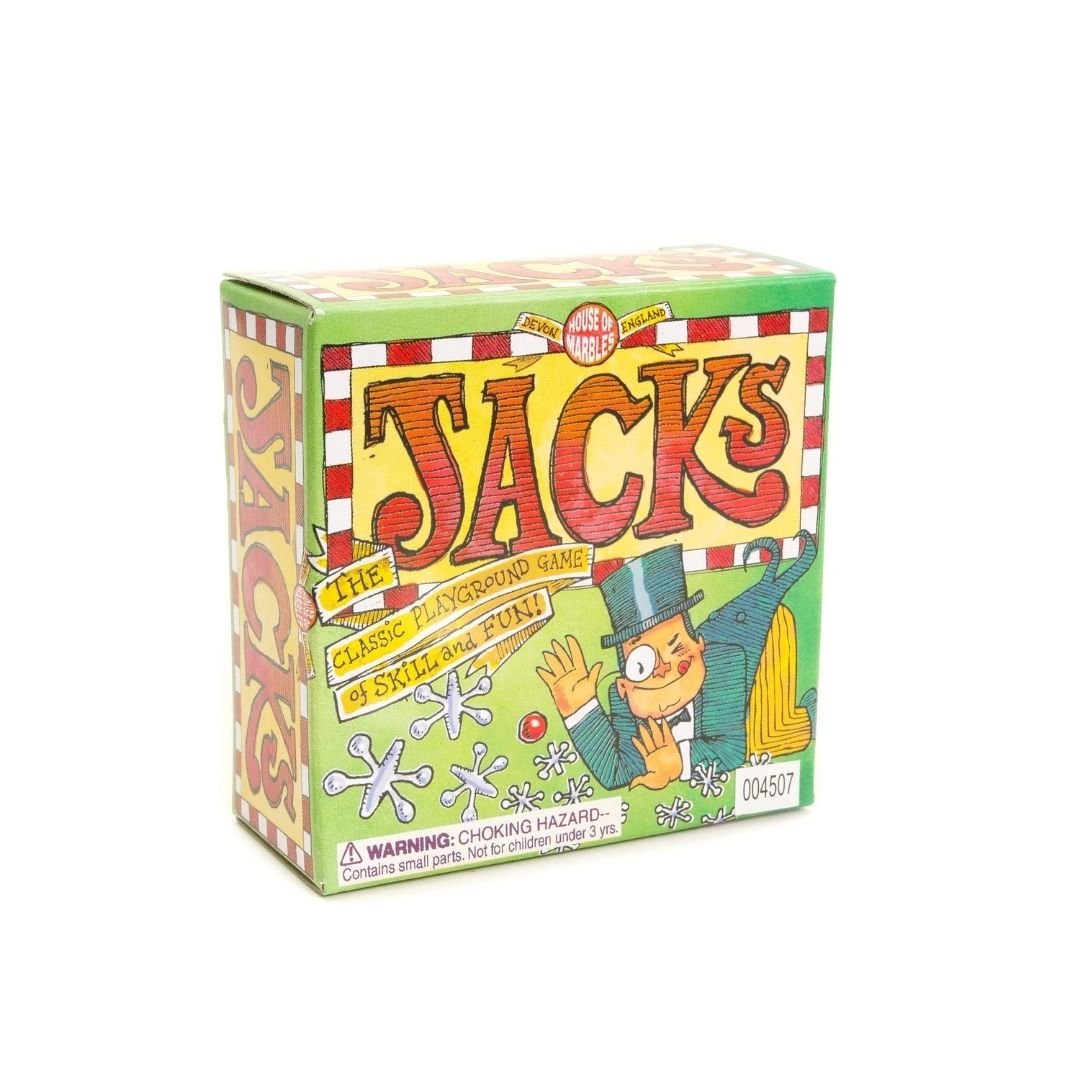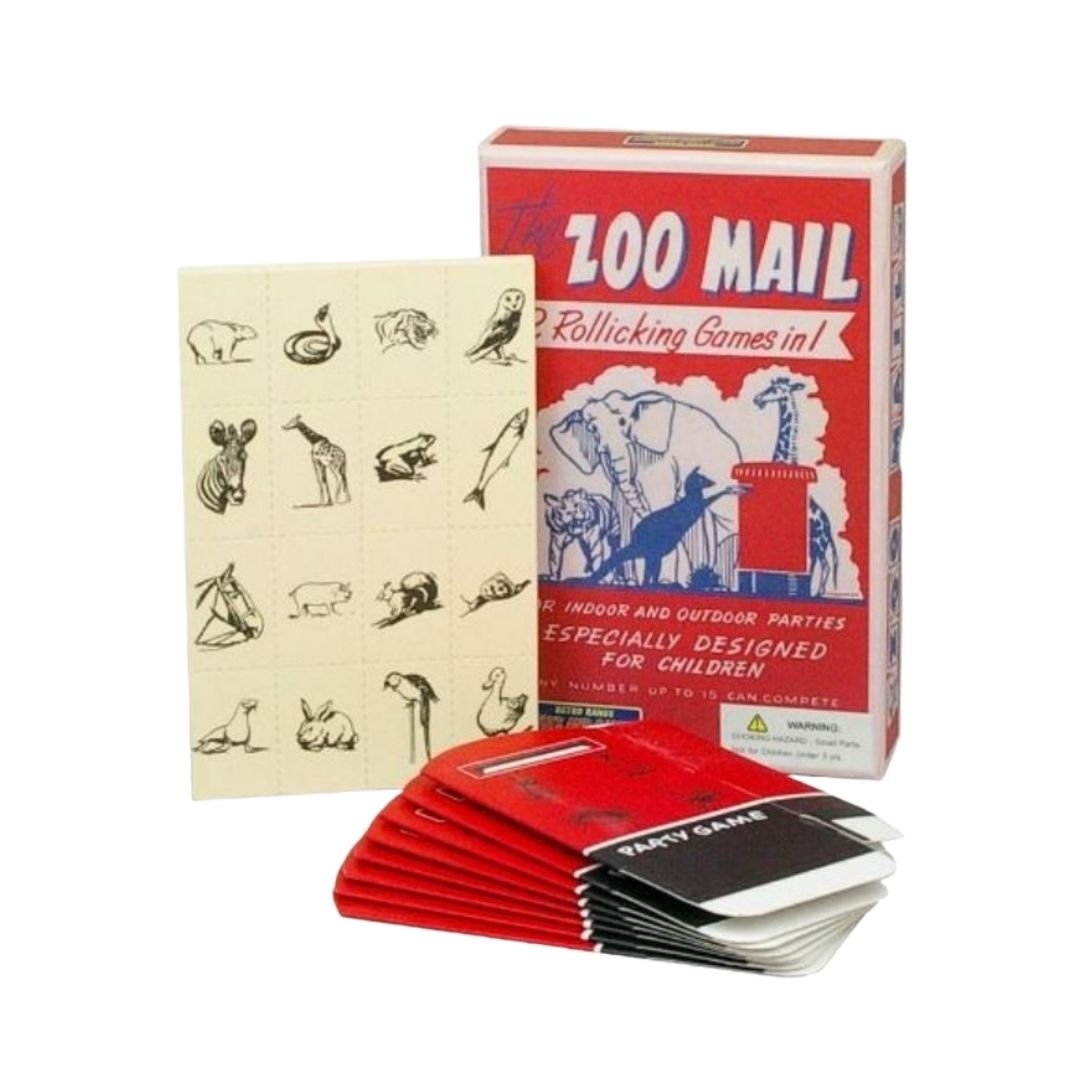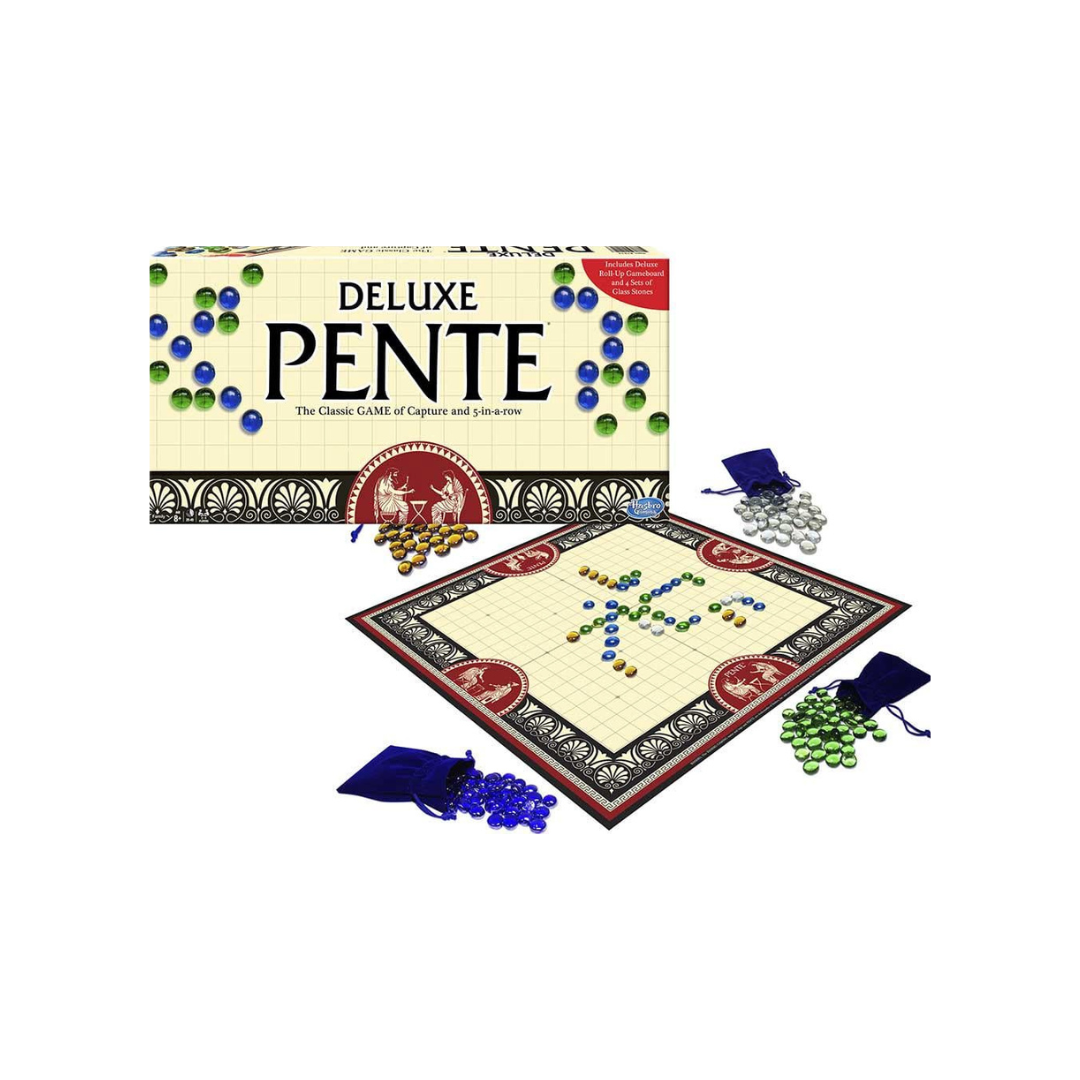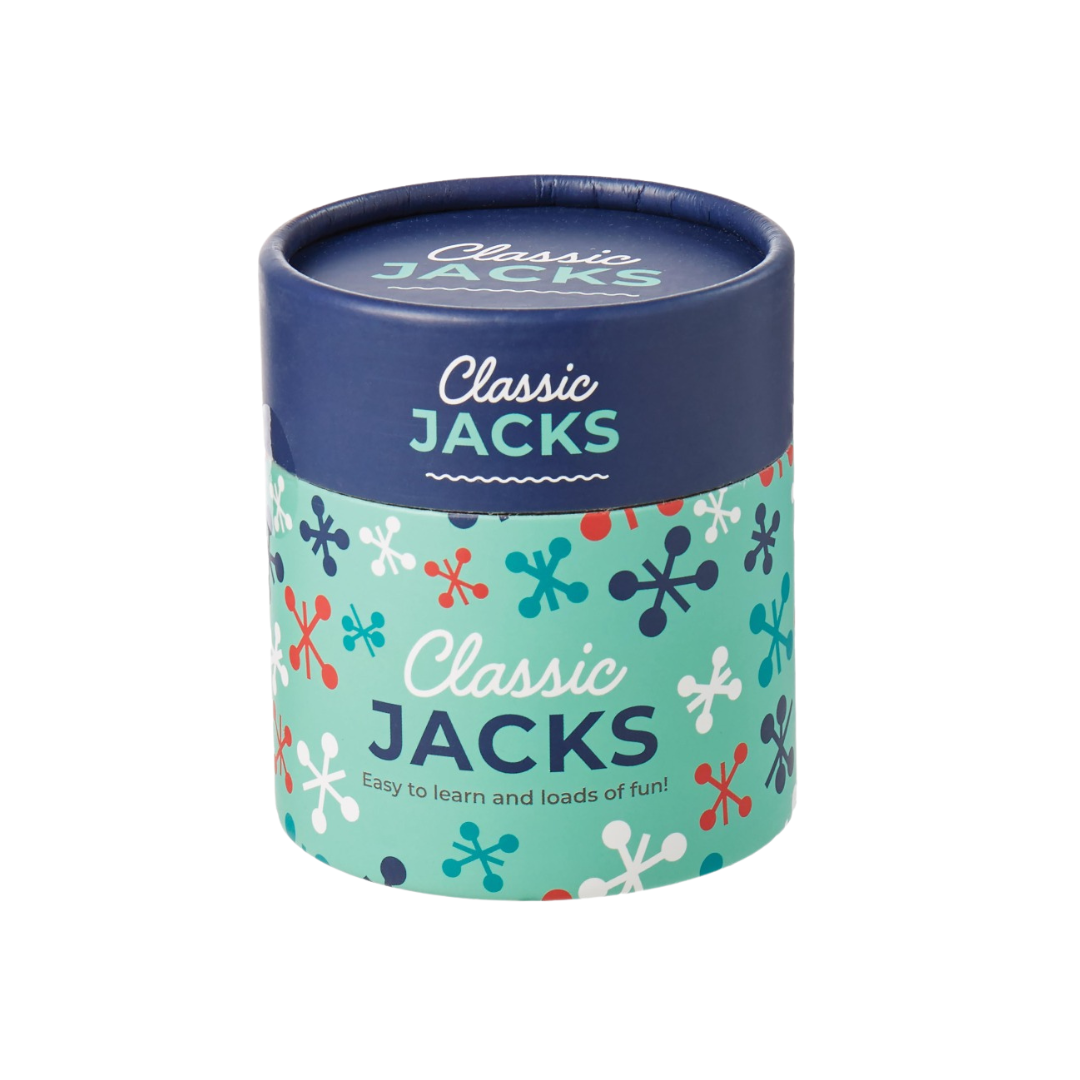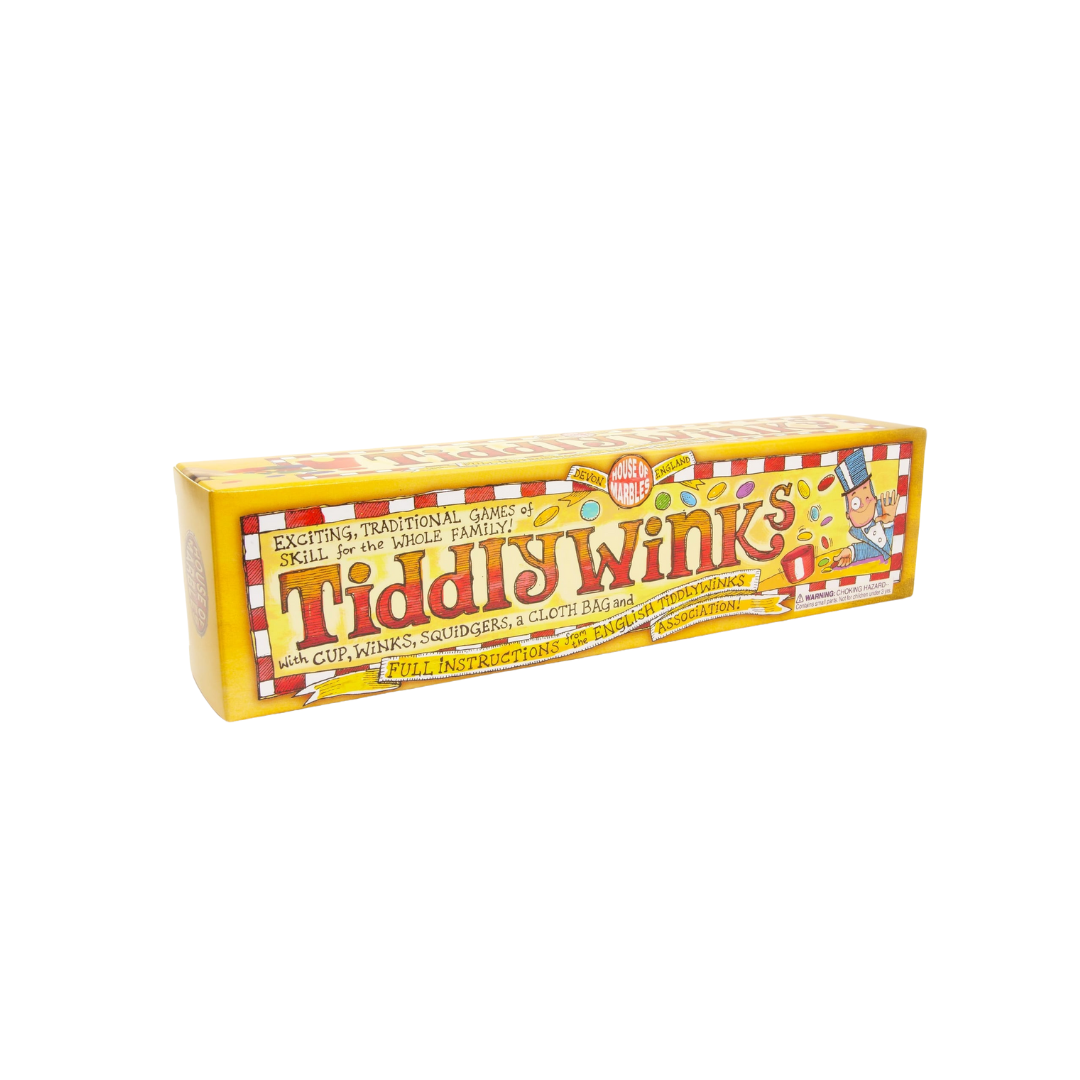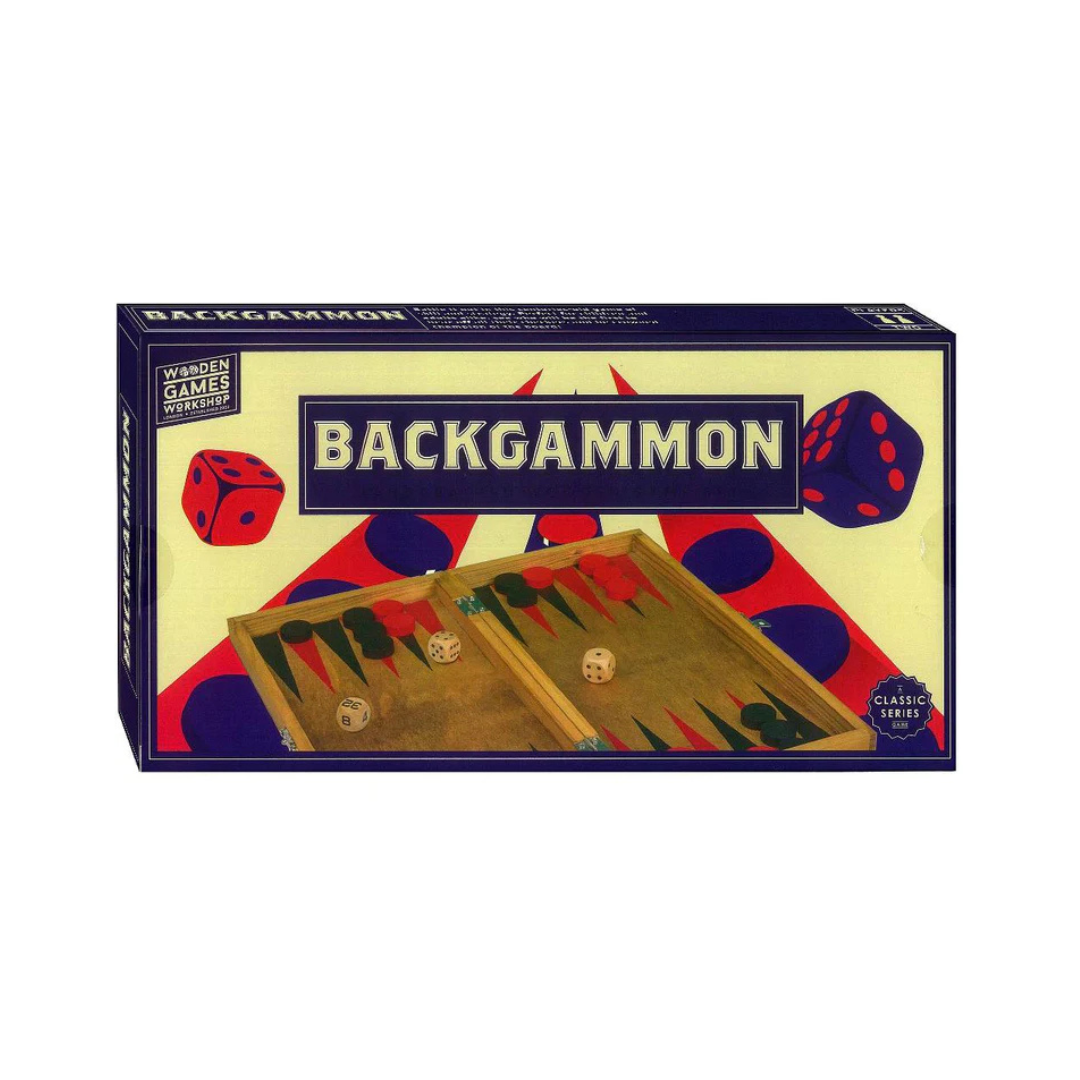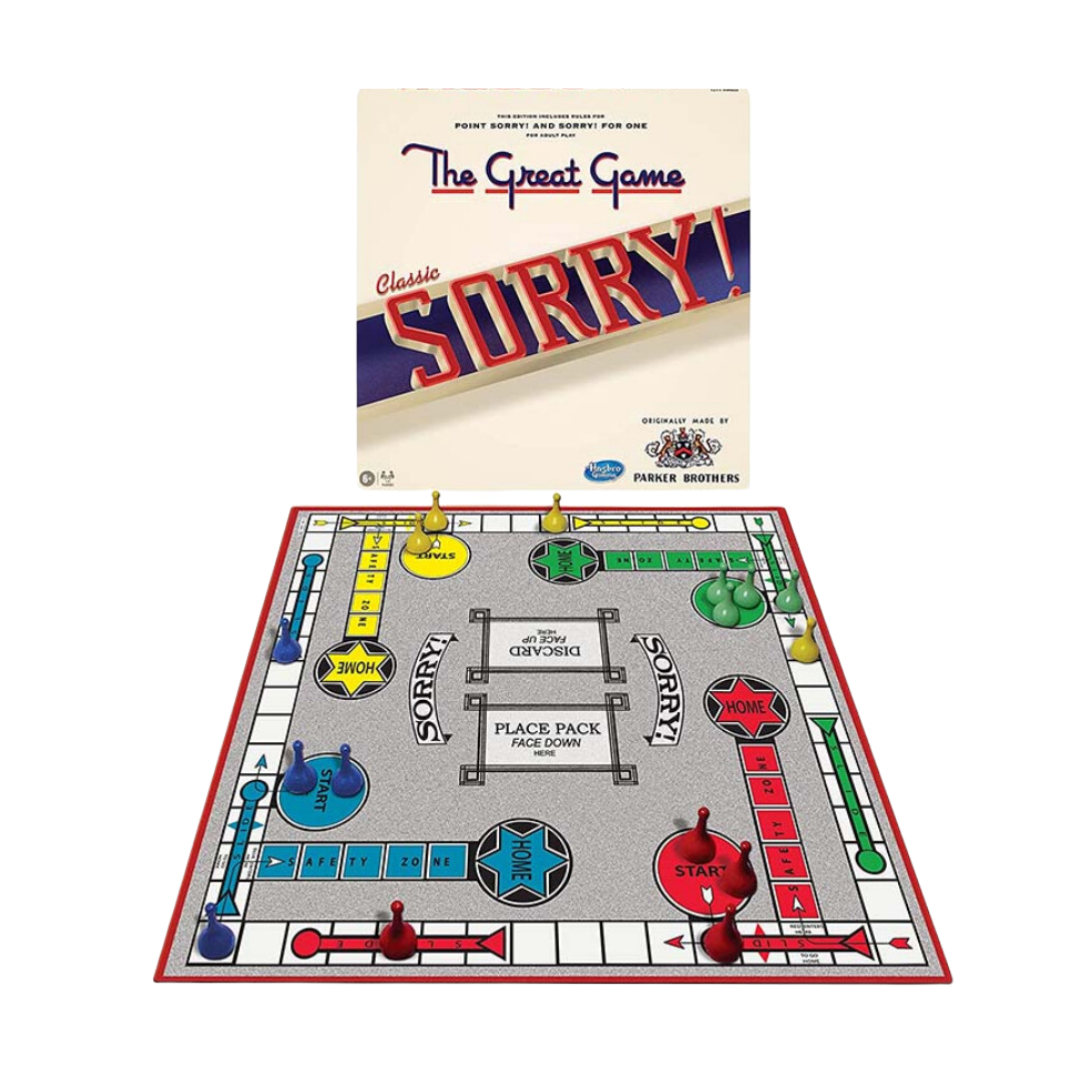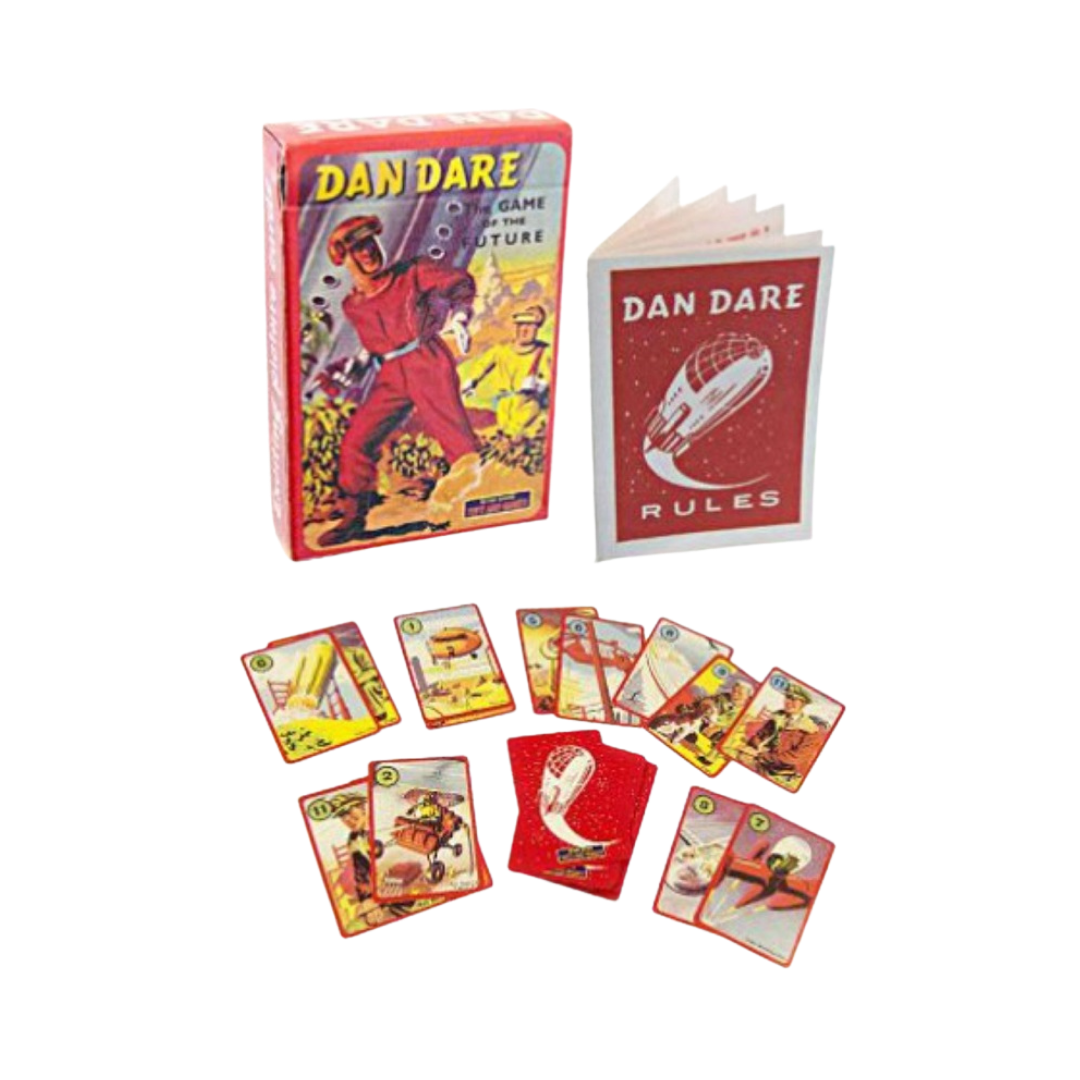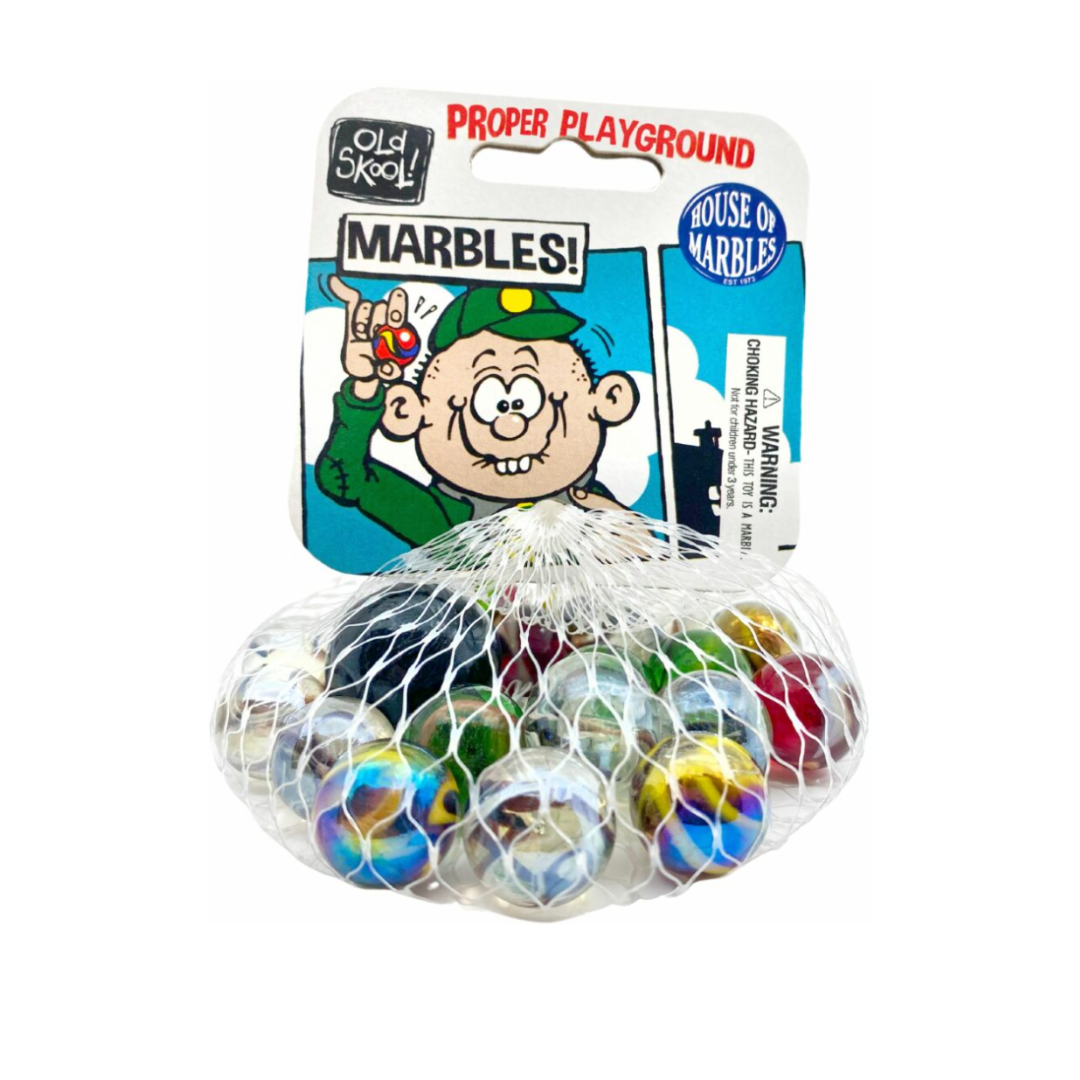Classic Games | Dominoes
Wherever the classic game of Dominoes originated from, we are glad it stuck around so long for many, many generations to enjoy!
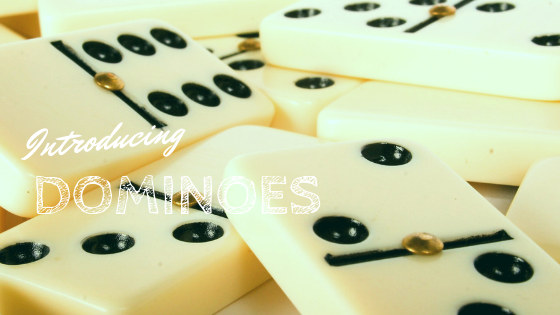
The classic game of Dominoes is a strategy game played with a set of rectangular pieces with dot markings between two to four players. The aim of the game is to use all of your pieces to line up the dots on a new piece with the matching dots on the previous piece, making a line.
The word Domino has been around a lot longer than the game. Going back to the 17th century where the French word ‘Domino’ was used to describe a hood worn during winter by priests. It is thought that the French meaning for Domino most likely originated from the even older Latin word ‘Dominus’ which meant Lord or Master. The domino hood is still around today and can often be seen in its traditional form at Masquerade balls.
Fun Fact: The dots on the Domino pieces are called pips, nips or dobs.
It is believed that Dominoes originated in China, although it is also thought that they possibly may have Egyptian or Arabian origins. The oldest written mention of dominoes is recorded in a book written by Zhou Mi during the Yuan Dynasty. Zhou Mi mentions ‘pupai’ (which meant gambling plaques or dominoes) during the reign of Emperor Xiaozong between 1162 and 1189.
Fun Fact: The earliest manual for dominoes was written by Qu You (1341 – 1437) but some believe this to be forgery.
During the 18th Century dominoes began to make an appearance in Italy. It is said that Italian missionaries brought the game back from China and then it spread throughout Europe. The game then changed somewhat in the translation from Chinese to European culture. Traditionally, European dominoes where made from ivory or dark hardwood like ebony, they have also been known to be made of marble, granite, oak, cedar, redwood and metals such as brass.
Fun Fact: a Domino set is called a deck or pack.
In the Netherlands there is an annual domino toppling exhibition called Domino Day. The first Domino Day was held in 1986. Domino Day in 2005 saw an astounding four million dominoes being knocked over by a team from Weijers Domino Productions.
Many domino records have been set over the years, the most popular including:
longest domino spiral – 200m
highest domino climb – 12m
smallest domino tile - 7mm
largest domino tile – 4.8m
longest domino wall - 16m
largest domino structure – 25,000 tiles
fastest topple of 30 metres of domino tiles - 4.21 seconds, and
largest number of domino tiles resting on a single domino – 1002
Fun Fact: In Berlin on November 9, 2009 giant dominoes where toppled in a 20th anniversary commemoration of the fall of the Berlin wall.
The game of dominoes is said to be one of the oldest games in history. Dominoes is a great family game which involves tactic and strategic game play. We don’t mind where it originated from, whether it came from China, Egypt or Arabia we are just glad it stuck around so long for many, many generations to enjoy!
Classic Games | Marbles
Everybody knows of the classic game of marbles, and it is just as popular now as it has been over the decades.
Everybody knows of the classic game of marbles, and it is just as popular now as it has been over the decades. Marble crazes continuously grip schools across Australia, the UK, America and no doubt the rest of the world!
Marbles are small spherical toys most commonly now made from glass, but started their early days being made from clay. They were referred to as ‘little balls with which schoolboys played’ as early as the 15th century, and let’s face it, not much has changed!
There are many variations of the marble game, but the most classic game is where you need to knock your smaller marbles (ducks) out of the ring with your larger shooter marble by flicking it with your thumb (the knuckledown slingshot) without fudging or fouling the shot. If you manage to knock any marbles out of the ring, keep the marbles and add them to your pile. The winner at the end of the game is the one that has the most marbles. Players can either play for keeps (keepsies), or for fair (everyone gets their own marbles back). Players also have the option to call quitsies at any point during the game without consequence, effectively calling a halt to the game.
The large marble is known by many names, but some of the most common that we’ve heard of are:
Shooter | boulder | smasher | bowler | toebreaker | masher | bonker
In the North of England (where we grew up) the game and marbles were called ‘Taws’ and the larger Taws were called bottle washers. They were called this after the marble found in the codd-necked bottles that were used to hold carbonated drinks. The bottle was opened after use and the marble was collected to play with. Across the world Taw still refers to the name of the person taking the shot. We still have our taws from when we were a kid!
Marbles were often written about in Ancient Roman literature and archaeologists often find small round balls made of stone all over the world. Marbles are thought to originate from India as far back as 3300–1300 BCE , although it wasn’t until 1923 that the first set of rules were written by a ‘committee of playground and recreational experts’. (How we would love to have such an aptly named committee in our shop …. although we think the ore apt and modern day equivalent is kid toy testers!).
Fun Fact: Marbles arrived in Britain after being imported during the medieval era.
A German Glass Blower had a great idea for an invention called marble scissors which came onto the scene in 1846 that would revolutionise the making of glass marbles. The first mass-produced marbles were manufactured in Germany in the 1890s.
Fun Fact: Marbles were inducted into the Toy Hall of Fame in 1998.
Marbles is such a wonderfully classic game that there are still marble championships held across the world for those that like playing marbles - taking the game to the extreme. The British and World Marbles Championships are held in West Sussex, England every year. This event started in 1932 and has been held every year since. Britain however isn’t the only country with a Marble Championship event, Australia has the Australian Marbles Championships too which is held every year at various locations around Australia, playing their very own Brunswick Heads Rules.
Marble collecting is also a serious businesses among avid hobby enthusiasts, with people collecting low budget machine made marbles costing just a few cents, up to the rarer, more collectible antique handmade marbles worth thousands of dollars. Who would have thought that marble fraud was such a lucrative business, with unscrupulous tricksters imitating the most attractive mineral and agate or onionskin marbles and antique packaging. Thankfully marble experts have put together marble identification guides to help us get started with our marble identification and work our way through our Akro Agates or Peltier Glass collections. If all else fails however, we can always visit one of the many marble fairs to get them valued by one of the many Marble King marble experts there are in the world!
Traditional Games Through Time
There are many vintage games that have disappeared throughout the years, never to be seen again, but there are many that have stood the test of time ...
There are many vintage games that have disappeared throughout the years, never to be seen again, but there are many that have stood the test of time . We take a look back through the decades and examine some of the popular games of that time that are still around today.
Pre 1920s Vintage Games
The Game of Life was originally created in 1860 by Milton Bradley and was America's first popular vintage parlour game. Originally known as The Chequered Game of Life, the game had a change of name to its more modern and better known name in 1960, 100 years later, when it was recreated by toy designer Reuben Klamer.
Tiddley Winks was first patented in 1888 and was one of the earliest traditional parlour games, distributed exclusively by John Jacques and Son. It became one of the most popular crazes of the 1890s, enjoyed equally by adults and children.
Ludo has been around in raw form since the 6th century, with its origins in India with evidence that it was played by the Mughal Emperors. The game then finally made it over to England in the late 19th century, and was finally patented under the name Ludo in 1896.
1920s Vintage Games
The "roaring twenties" brought with it a wave of fun & frivolity, which led to a boom in the game industry. Some of the most longstanding games were born during this era.
American Mahjong became a craze during the 1920s, and was commonly known as Mah Jongg or Maahj, a variation of the Chinese ancient version. The game sets were imported in huge numbers in 1923 from Shanghai to America, when a representative of the Standard Oil Company published simple rules for the game.
Chinese Checkers was actually invented in Germany in 1892 under the name of "Stern-Halma". The name then morphed in America to "Hop Ching Checkers", before finally adopting its common name of Chinese Checkers in 1928.
The classic board game Sorry was originally manufactured by British Card Manufacturers in England and was first registered as a trade mark in 1929. An English patent was then granted in 1933, before the popular parlour game was trademarked to Waddingtons, who sold it to Parker Brothers in 1934.
1930s Vintage Games
The depression era of the 1930s saw a wave of inexpensive and highly popular vintage board games.
Monopoly was the most played commercial game in the world at one point according to the Guinness Book of Word Records. The depression ironically led to the rise in massive popularity of this vintage game in 1935, as it allowed people to buy property and make millions, in a time where money in real life was sparse. The game was originally proposed to Parker Brothers in 1934 by an unemployed salesman named Charles Darrow. The idea was initially rejected. It turns out that Monopoly is actually pirated from a board game called The Landlord's Game which was patented in 1904.
Battleship was first published under the name "Salvo" in 1931, as a pad and pencil game, but despite its popularity wasn't actually turned into a board game until 1967. It was then one of the earliest games to be produced as a computer game in 1979, with a version released for the Z80 Compucolor.
1940s Vintage Games
Cluedo (also known as Clue) was probably the best known game of the 1940s. Bizarrely it was originally designed by a fire warden whilst he was walking the beat during the Nazi bombings in England. Waddington Games bought the idea in 1943 but had to hold off on production as the game included playing pieces made of metal which were being rationed during the war.
Chutes & Ladders (also known as Snakes & Ladders in the UK) is actually a re-incarnation of an Indian game Vaikuntapaali which translates as "the ladder to salvation". The snakes were meant to illustrate temptations in life, and show that the pathway was littered with numerous temptations that one must avoid in order to succeed in life. Chutes & Ladders was published in 1943 by Milton Bradley and has become one of the best loved children's games of all time.
Scrabble took a few decades to become the popular game that it is today and is now the most popular word game in history. The vintage game was first published under the name "Lexiko", then "Criss Cross Words", before being renamed Scrabble in 1948. The game was originally made by hand in an abandoned schoolhouse, before the President of Macy's discovered the game whilst he was on holiday and ordered some for the store. The rest is history.
1950s Vintage Games
Risk, one of the most popular world domination games of all time was invented by a French film Director in 1957, under the name "La Conquete du Monde", (The Conquest of the World). It was then bought by Parker Brothers and re-released in 1959 as Risk: The Game of Global Domination.



